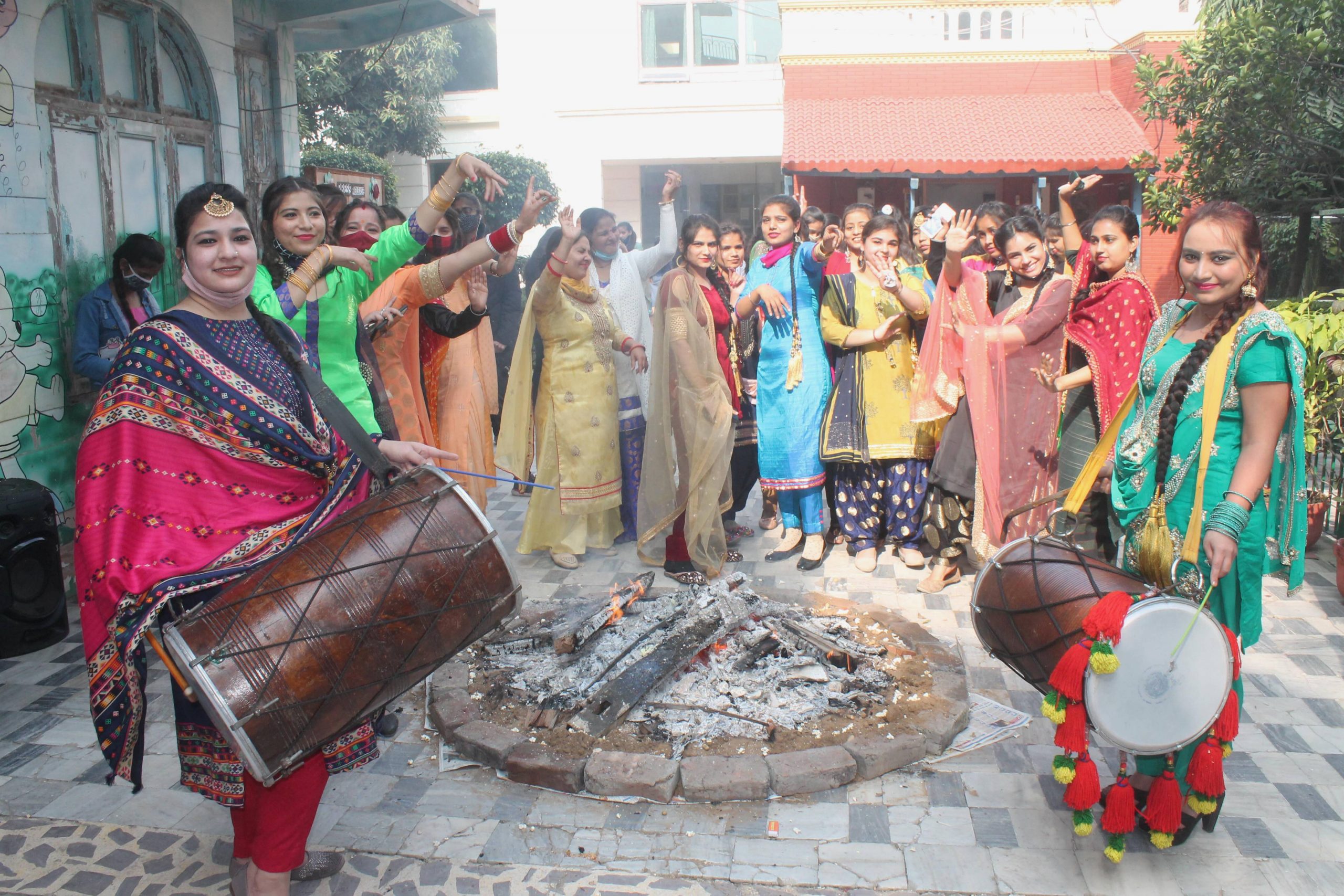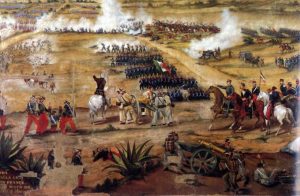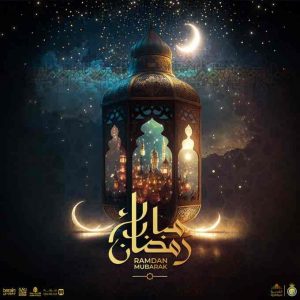Lohri is all about the bonfire, fancy foods and dancing. But, the traditional meaning of the festival and significance is much more than dancing around the bonfire. Celebrated in northern India, the festival is all about thanking the almighty. It is also linked to the Winter Solstice, which means the shortest day and the longest night. The day marks the end of the winter season and the onset of spring.
Here are 5 important things that you need to know about Lohri.
1. The word Lohri comes from ‘Tilohri’ and is a combination of two words, ‘til’ meaning sesame and ‘rorhi’ meaning jaggery/gur. People believe that both food ingredients help clean the body and that is why foods like jaggery, ‘gajak’, ’til ki chikki’ are offered to the fire to pay gratitude to nature.
2. People offer food items to Fire God (Agni dev) on this day to get rid of all negativity from life and bring in prosperity.
3. It is also believed that if one walks around the fire on Lohri, it helps in bringing prosperity. In Punjab, this festival holds special value for the new brides. People believe that their prayers are heard and their life is filled with positivity.
4. For farmers in Punjab, this festival marks the New Year and on this day, they pray and show gratitude for their crops before the harvesting begins. They chant “Aadar aye dilather jaye” i.e. “may honour come and poverty vanish” while moving around the fire.
5. The festival of Lohri is incomplete without winter foods that are cooked and celebrated on this day. The traditional Punjabi food, including ‘sarson da saag’ and ‘makki di roti’ is served on this day







